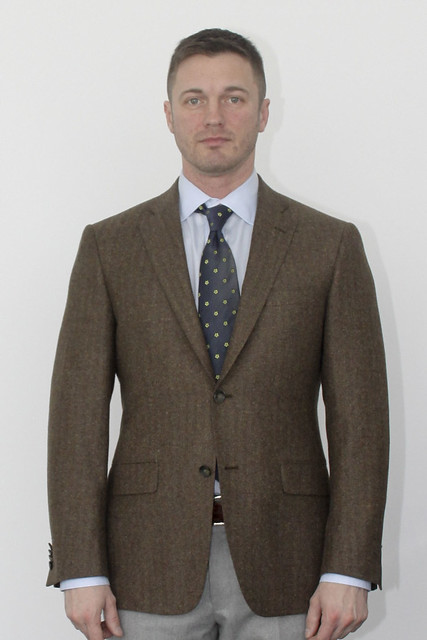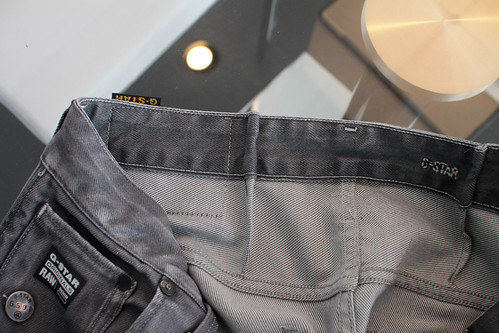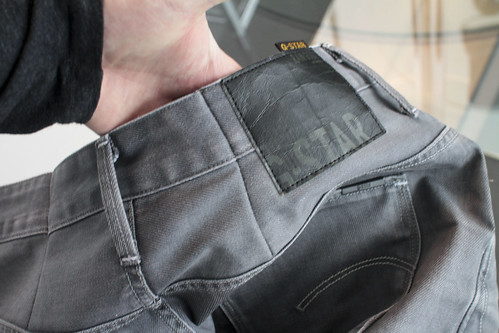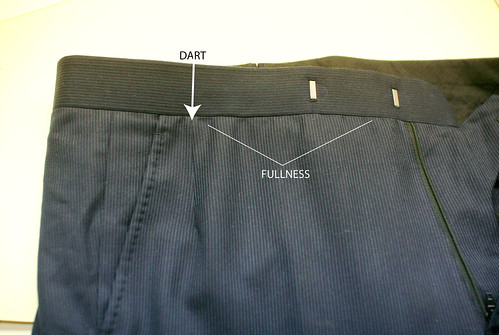I've been busy lately. You may have noticed.
I work for the company that makes Hickey Freeman and Hart Schaffner Marx, two venerable old clothing companies in the U.S. Hart Schaffner Marx was founded in 1887 and Hickey Freeman in 1899- there's an enormous amount of history in the two companies but like many old companies things needed to be freshened up a little. So over the last few years we have been hard at work updating the product, not least of which is the fit. The latest new things to go to market are in the Hart Schaffner Marx brand.
We have three core fits in the Hart Schaffner Marx line, two of which have been completely updated for Spring 2013, and a third one which has very limited distribution for this season and will see a wider rollout this fall. In all, with all the variations available for advance and custom orders I had about 140 new patterns to make. We will discuss the fits and elements of the suits on the company blog, but I thought readers might like a sneak preview of one of them.
Readers may be familiar with my own personal style of cutting, namely a clean chest, very little drape in the blade, a nicely suppressed waist, a higher armhole and a clean sleeve. The third core fit is all of these things, only cut a little shorter as this is part of our "fashion" offering as opposed to the more classic fits which are longer. I grabbed one of the fall samples which happen to be close to my size to shoot off a few pictures. It looks almost as good as something I might have spent hours and hours making myself by hand, which underscores the importance of fit. People tend to fetishize hand work in garments, but I always say fit should be priority number one.
Now, if these photos are any indication, I need to get some rest. I look tired!















